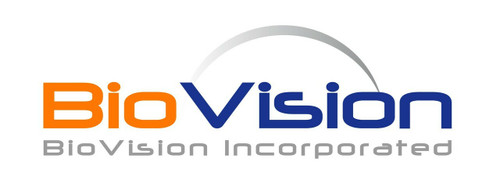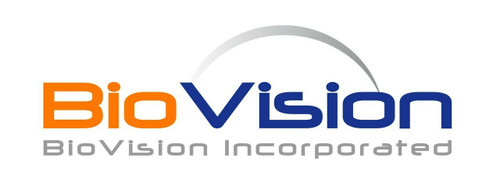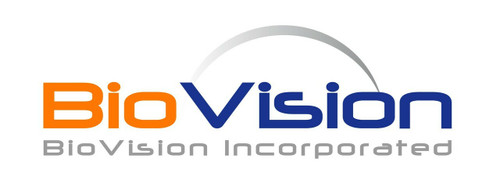Product Description
Cathepsin K, a member of the papain cysteine proteinase family is the predominant proteinase responsible for the resorption of the bone matrix. Cathepsin cleaves proteins such as collagen type I, collagen type II and osteonectin, thereby playing a role in bone remodeling and resorption in osteoporosis, osteolytic bone metastasis and rheumatoid arthritis (Bromme and Okamoto, 1995; Drake, F. et al 1996; Bossard et al, 1996).
Biovision | 7600 | Cathepsin K Active human recombinant DataSheet
Biomolecule/Target: Cathepsin K
Synonyms: CTSK, CTSO, CTSO3
Alternates names: Growth/differentiation factor 15, GDF-15, Macrophage inhibitory cytokine 1, MIC-1, NSAID-activated gene 1 protein, NAG-1, NSAID-regulated gene 1 protein, NRG-1, Placental TGF-beta, Placental bone morphogenetic protein,Prostate differentiation factor
Taglines: Predominant proteinase responsible for the resorption of the bone matrix.
NCBI Gene ID #: 9518
NCBI Gene Symbol: GDF-15
Gene Source: Human
Accession #: Q99988
Recombinant: Yes
Source: E. coli
Purity by SDS-PAGEs: 95%
Assay: SDS-PAGE
Purity: N/A
Assay #2: N/A
Endotoxin Level: N/A
Activity (Specifications/test method): The Cathepsin K is fully active as seen from its ability to cleave Cathepsin K-specific fluorescent substrate using the Cathepsin K Activity assay kit (Cat # K141-100).
Biological activity:
Results: The specific activity is >5000 mU/mg (1U = 1 µmole/min/mg) as measured by Cathepsin K Activity Assay Kit (Catalog #K141-100)
Binding Capacity: N/A
Unit Definition: N/A
Molecular Weight: 12.4 kDa (monomer), 24.8 kDa (dimer)
Concentration: 0.5 mg/ml
Appearance: Liquid
Physical form description: 0.5 mg/ml solution in 25 mM Na2HPO4 and 500 mM NaCl (pH 7.0) with 50% glycerol.
Reconstitution Instructions: Centrifuge vial before opening. When reconstituting the product, gently pipet and wash down the sides of the vial to ensure full recovery of the protein into solution. It is recommended to reconstitute the lyophilized product with sterile deionized water or a solution of 5 mM acetic acid at a concentration of 0.1 mg/ml, which can be further diluted into other aqueous solutions.
Amino acid sequence: MARNGDHCPL GPGRCCRLHT VRASLEDLGW ADWVLSPREV QVTMCIGACP SQFRAANMHA QIKTSLHRLK PDTVPAPCCV PASYNPMVLI QKTDTGVSLQ TYDDLLAKDC HCI
 Euro
Euro
 USD
USD
 British Pound
British Pound
 NULL
NULL








